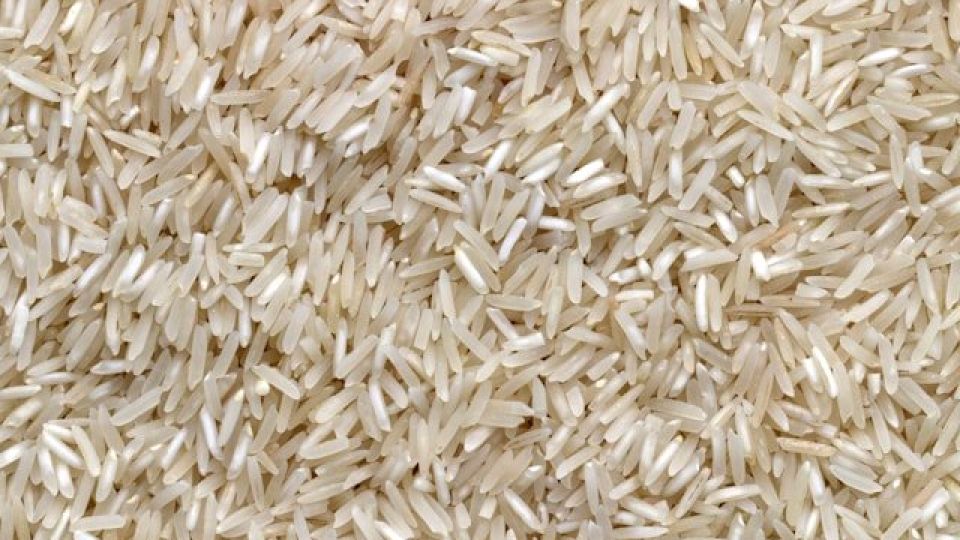Tags
Rice Policy: Prolonged high prices creates heavy burden: The Japan News
The ministry has concluded that a delay in grasping the actual situation regarding rice shortages at stores as well as in disseminating information to consumers and distributors caused anxiety among consumers.
The Japan News

ISLAMABAD – Amid the persistent high prices of rice, frustration is growing among people. It is hoped that the Agriculture, Forestry and Fisheries Ministry will examine the reasons why its measures to stabilize the prices are not working and make use of the findings to devise future policies on rice.
The ministry has released the results of its investigation into a shortage of rice that expanded this summer.
Up until July, there was no noticeable rice shortage in the stages of collecting harvested rice for delivery and retailing it. In August, a special advisory for a possible Nankai Trough earthquake was issued, prompting consumers to stockpile rice, and their purchase volume increased by 20% to 40% from a year earlier. That made the shortfall more serious, the ministry said.
Furthermore, stocks of rice tended to be low during the transition period from the 2023 rice harvest to the 2024 harvest. This short supply exacerbated the situation.
The ministry has concluded that a delay in grasping the actual situation regarding rice shortages at stores as well as in disseminating information to consumers and distributors caused anxiety among consumers.
As a future measure, the ministry said it intends to conduct thorough surveys on entities, including collection agencies such as Japan Agricultural Cooperatives (JA) and retailers, to determine the volume of rice collected, sold and kept in stock, so that it can disseminate detailed information to prevent excessive buying to stockpile the product.
While it is important to disseminate information quickly, can it be said that such efforts alone are sufficient? The shortage of rice has eased, but the price hikes — the crucial element of the problem — have not subsided.
The core consumer price index for Tokyo’s 23 wards, which is a leading indicator for national trends, showed that overall prices of food, excluding perishables, rose by 3.8% in October from a year earlier. However, rice prices increased by 62.3%.
In some areas, the price of a 5-kilogram bag of rice has exceeded ¥3,000, up more than ¥1,000 from the previous year.
The basic principle of rice policy is to keep prices stable. Rising prices are the biggest public concern. In particular, higher prices of rice, a staple food, have had a major impact on people’s lives. It is natural that people have been frustrated.
The rice crop in 2024 was higher than average, but the amount of advance payments made by the JA group to rice farmers has risen by 20% to 40% in major rice producing areas compared to the previous year. This is also likely to affect retail prices.
As rice production costs, including for fertilizer and fuel, have risen, a certain degree of price increases appears to be necessary when considering the businesses of rice farmers. However, if prices remain high, that might drive people away from rice, and as a result, rice farmers could suffer.
It is also necessary to reconsider the nation’s rice policy. In anticipation of a decline in demand for rice, the government has curbed rice production by offering farmers subsidies for shifting production to other crops such as wheat, soybeans and rice used for animal feed, in order to stabilize rice prices.
The government’s supply and demand program, which some people call a de facto measure to reduce rice paddy acreage, has highlighted the fact that it cannot respond well to unexpected situations such as the one currently occurring. Hopefully, the government will also explore a flexible approach to prevent a recurrence of similar problems.
(From The Yomiuri Shimbun, Nov. 4, 2024)
https://asianews.network/rice-policy-prolonged-high-prices-creates-heavy-burden-the-japan-news/Published Date: November 5, 2024






